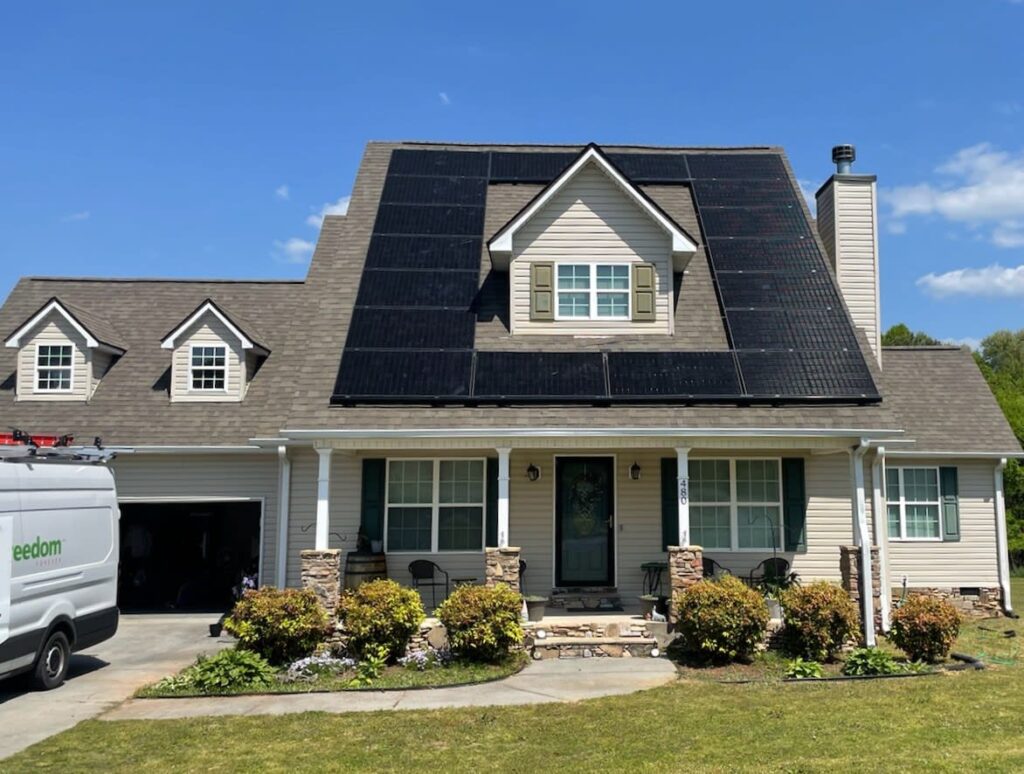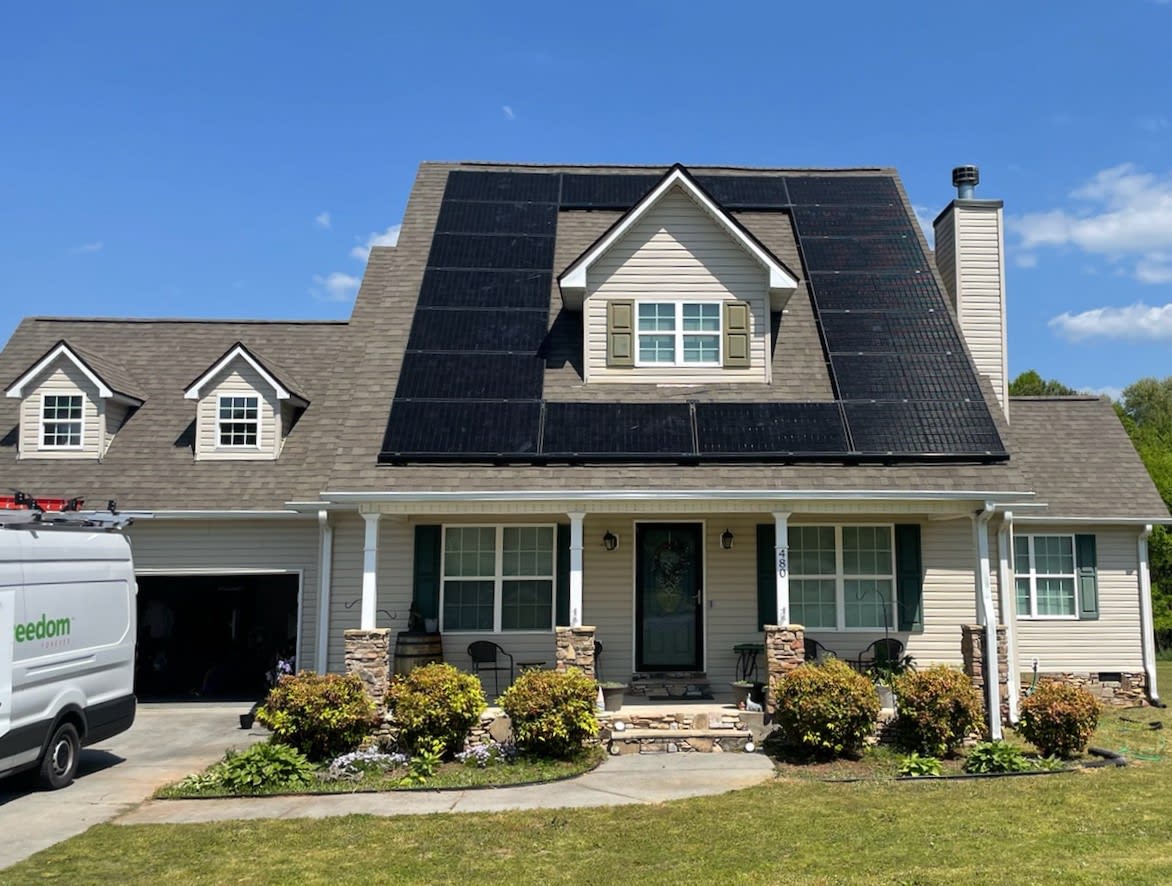Yes, you still have to pay for the electricity that isn’t generated by your solar panels when you have solar panels. If you are on a time-of-use billing plan in California, you pay peak rates in the evening, after your system stops generating electricity. That can make the electricity that you have to pay for quite expensive! Thankfully, California offers generous incentives for installing home batteries that can make them nearly free if you qualify.

The best way to reduce how much you pay for electricity is to use as much of your own energy as possible
If you own your solar system, the electricity you get from it is free. That’s why it makes sense to use as much of your own electricity as possible. Plan to do things that use a lot of power, such as doing laundry, during the day. Home batteries also help you use more of your own power because they charge from your solar during the day.
If you live in California, home batteries make a lot of sense because you pay high rates for electricity from 4 PM to 9 PM. All three of the state’s largest utilities charge their highest rate during the 4 PM to 9 PM period. Running your home on power from your batteries during those hours helps you avoid paying those peak evening rates.
Using your own power is likely a better deal than net metering
The method that many solar owners are compensated by their utility company for electricity sent to the grid by their solar systems is called net metering. By using more of your own power, you’d send less electricity to the grid, so you’d get less compensation under net metering. But the value that you get per-kilowatt-hour for power under net metering is often less than the amount that the utility company charges you when you draw power from the grid. You simply get a better deal using your own power than you get under net metering in many cases.
Almost off the grid: The minimum bill
As solar and battery prices continue to drop, we get closer and closer to grid parity. When a household reaches grid parity, that home is able to supply all of its electric needs for about the same cost as it would drawing that power from the grid. At that point, a homeowner may wonder if its time to cut the power cord and go off-grid.
One way to answer this question without losing the reliability of grid-supplied power is to use the grid as a backup. A household that’s connected to the grid but that produces all of the power it uses would then receive a minimum bill from their power company. A minimum bill would have no charges for electricity consumption. It will charge only those fees that the utility charges to be connected to the grid. As of the date of this post, California’s PG&E’s minimum bill would be $11.90 per month according to the company’s website. Thus it would cost you $142.80 to remain connected to PG&E for an entire year if you generated all of the electricity that your home uses.
Freedom Forever installs the Tesla Power Wall
If you are a homeowner who wants to add batteries to their solar, the Tesla Power Wall is a great choice. The Power Wall can be “stacked” so you can install as much battery capacity as you want. It is entirely possible to install enough battery capacity to power your home outright. California homeowners should look into the state’s Self-Generation Incentive Program as they may be eligible for incentives that can make installing home batteries free or nearly free in some cases.
